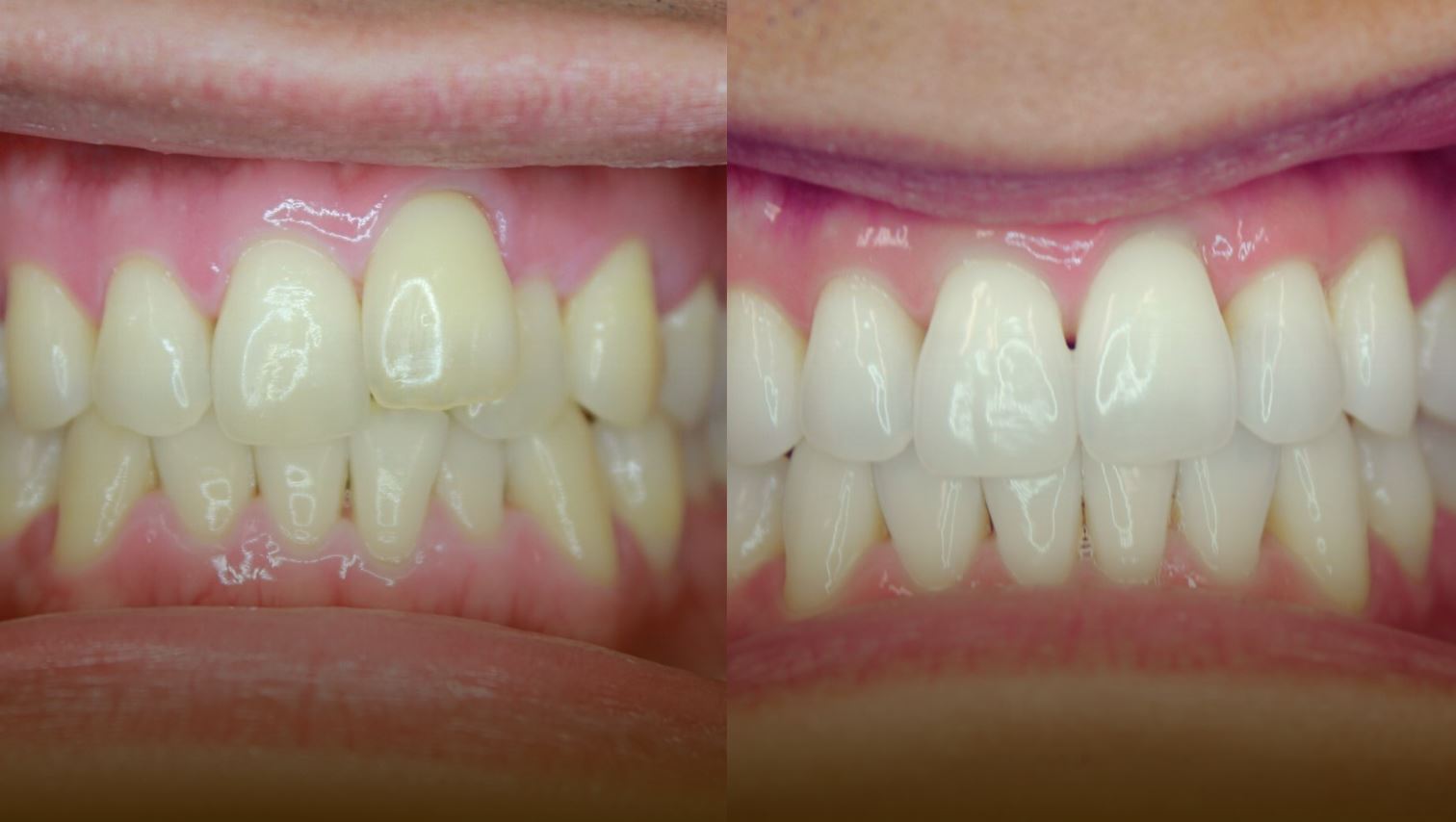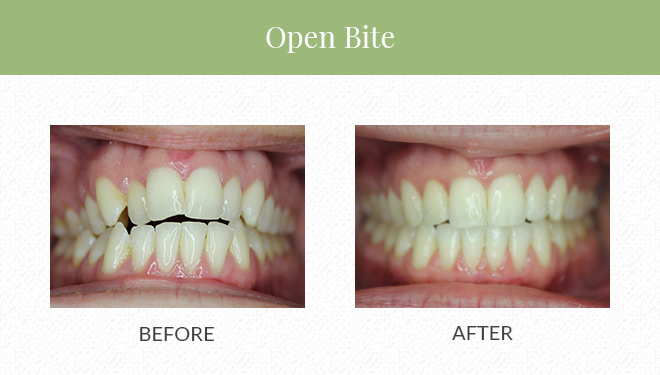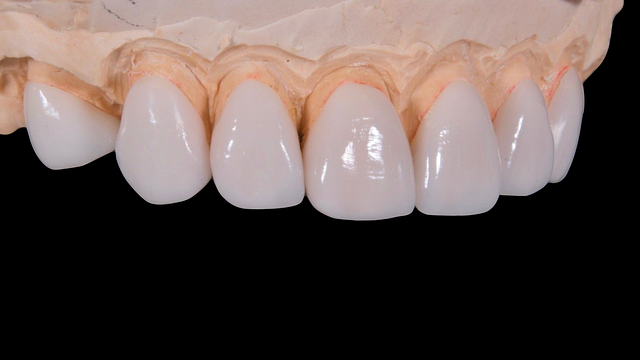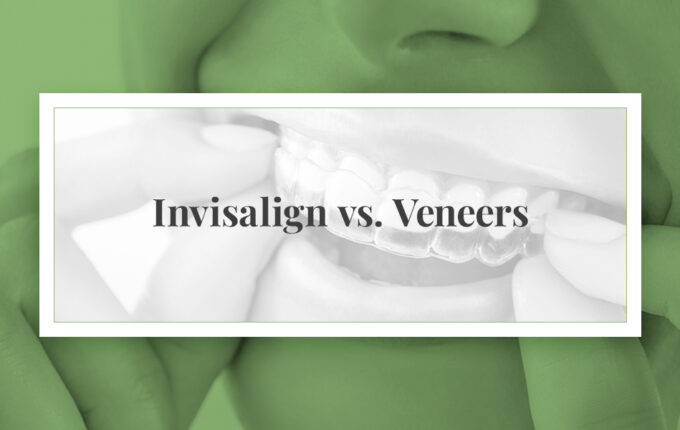Alternatives to Veneers
The Best Veneer Teeth Alternative: Smart Choices for a Confident Smile
Why Consider Dental Veneer Alternatives
A smile makeover with dental veneers can transform your appearance and boost your confidence by addressing various dental imperfections and more significant dental problems. Understanding the dental problems you are trying to solve is crucial for determining the best alternatives to veneers. By identifying specific dental issues such as teeth chips, stained teeth, or gaps, you can explore not only the most clinically suitable but also cheaper alternatives that align with your aesthetic goals, oral health needs and budget. This guide will help you understand your alternatives to veneers, form no prep veneers, composite veneers, to teeth whitening, and orthodontic treatment, and the reasons behind these choices. So you could make an educated decision in choosing the right treatment option for your smile goals and budget!
Table of Contents
- Why Consider Dental Veneer Alternatives
- Introduction to Dental Veneers
- Correcting Teeth Stains and Discoloration
- Repairing Damaged Teeth
- Improving Facial Symmetry and Smile Alignment
- Alternatives to Veneers: Tooth covering options
- Teeth Whitening
- Orthodontic Treatments
- Other Dental Health Considerations
Introduction to Dental Veneers
Dental veneers are thin coverings made from porcelain or composite resin that are custom-designed to cover the front surface of your existing teeth. They are a popular choice in cosmetic dentistry for those looking to improve the appearance of their smile by addressing issues such as chipped teeth, stained teeth, or uneven spacing. Veneers can provide a natural-looking less invasive solution solution that is durable and stain resistant compared to natural tooth surface or composite resin used in dental bondings. While porcelain veneers offer a long-lasting and aesthetically pleasing outcome, they may not be suitable for everyone, due to clinical diagnosis, budget restrains, or lifestyle.
Correcting Teeth Stains and Discoloration
People often seek for ways to maintain or achieve a whiter smile. Understanding the reason why your teeth are stained will determine the best whitening treatment for you.
Types of Stains and Effective Dental Treatments:
- Extrinsic Stains: These stains affect the outer layer of the tooth and are often caused by consuming coffee, tea, wine, or tobacco. At-home & in-office teeth whitening treatments are highly effective for removing extrinsic stains and restoring a brighter smile.
- Intrinsic Stains: These stains occur within the tooth’s structure and can be caused by certain medications, excessive fluoride, undergoing root canal treatment, or trauma to the tooth. Correcting intrinsic stains may require other dental treatments, such as composite veneers, dental veneers, or dental crowns, to effectively cover and improve the tooth’s appearance.
- Age-Related Stains: As we age, the tooth enamel naturally wears down, revealing the yellowish dentin beneath. A combination of teeth whitening and dental veneers can address age-related discoloration, providing a more youthful and radiant smile.
- Genetic Discoloration: Some individuals may have naturally darker teeth due to genetic factors. In such cases, porcelain veneers or dental crowns can offer a long-lasting solution for achieving the desired shade and improving overall aesthetics.
Repairing Damaged Teeth
The extent of damage to your teeth, such as chips, cracks, or decay, will influence the choice of cosmetic procedure. Evaluating the degree of damage ensures the chosen treatment aligns with your dental needs and aesthetic goals.
For minor cosmetic flaws like chips, dental bonding procedure or even smoothing of the chip, called odontoplasty, can provide a quick and most affordable alternative to dental veneers.
Tooth Decay
Addressing decayed teeth is essential for maintaining oral health, whiter smile and preventing further tooth decay. For less severe decay, tooth bonding with composite resin offers solid option using a tooth-colored bonding material to repair and strengthen the affected area.
For more noticeable damage to the front teeth, composite veneers and porcelain veneers offer viable options. These alternatives can effectively cover imperfections and enhance the tooth’s appearance, providing a refreshed and natural look.
Severely Decayed Tooth or Broken teeth
Dental crowns offer a robust solution for severely decayed teeth, covering the entire tooth and restoring its function and appearance.
Replacement of the Old Dental Restorations
Replacing old dental restorations is crucial for enhancing your smile and maintaining dental health. Just like everything else over time, even most beautiful dental cosmetic dental treatments will start looking, dull and unsightly. In addition, recurrent tooth decay, gum recession and periodontal issues will significantly worsen the appearance of the old cosmetic treatments. Replacing them will improve aesthetics and functionality.
Dental veneers & dental crowns provide a stain-resistant, and natural look and can restore teeth with old dental bondings, and other composite or porcelain restorations.
Dental bonding, a cheaper alternative, can be refreshed with newer composite resin materials to enhance the patient’s smile.
Consultation with a cosmetic dentist will help you determine the best cosmetic dental treatment options tailored to your unique needs.
Improving Facial Symmetry and Smile Alignment
Another reason patients consider dental veneers is to improve the overall harmony of their facial features. Misshapen teeth, misaligned teeth or gaps can affect the symmetry of your smile. Dental veneers can harmonize your smile but only in the cases of very mild malocclusion, like small gaps. For most patients, orthodontic treatments like traditional metal braces or Invisalign clear aligners can help achieve a straighter smile over time.
Ultimately, the reasons for pursuing a smile makeover vary from person to person, but the goal remains the same: to achieve a beautiful, confident smile that reflects your personality and enhances your overall appearance. Consulting with a cosmetic dentist can help you explore the best dental treatments and their alternatives tailored to your unique needs, ensuring a brighter smile that complements your facial features.
Alternatives to Veneers: Tooth covering options
No Prep vs Traditional Porcelain Veneers
Even veneers can be alternatives to veneers since there are three types to choose from: composite resin veneers, conventional porcelain veneers, and no prep porcelain veneers. When it comes to choosing between these alternative treatments understanding the differences in the procedures and the outcomes they offer will help make you an educated choice.
No Prep Veneers
No prep veneers, are thin shells of translucent porcelain. As the name suggests, require minimal to no removal of the natural tooth enamel, making them a less invasive option. They are often preferred by individuals who want to enhance their smile without committing to the more extensive removal of natural tooth associated with conventional veneers. However, no prep veneers may not be suitable for everyone, as they are typically thinner and may not effectively cover more significant dental imperfections. You can learn more in our comprehensive guide to No Prep Veneers.
Traditional Veneers
On the other hand, traditional porcelain veneers involve a more comprehensive preparation process, which includes removing a small amount of the natural tooth structure. This allows for a thicker veneer that can address more significant cosmetic issues such as crooked teeth, severely stained teeth, or substantial gaps. While this option provides a more dramatic transformation, it is also a more permanent solution, as the filing of the tooth cannot be reversed.
Ultimately, the decision between no prep porcelain veneers and traditional veneers depends on the individual’s dental needs, the extent of the cosmetic changes desired, and their willingness to undergo a more invasive procedure. Consulting with a cosmetic dentist can provide valuable insights into which option is best suited for achieving a beautiful smile while maintaining dental health.
Composite Veneers
Composite veneers are a less costly alternative to porcelain veneers. Applying dental bonding involves applying a tooth-colored resin to the front surface of the teeth. This cosmetic procedure is effective for minor chips, gaps, or discoloration and typically requires only one dental visit. Unlike veneers, composite bonding is more affordable and can be easily repaired. However, dental bonding material does not offer stain resistance as do porcelain alternatives. Thus eventually composite will turn yellow.
Dental Crowns
Dental crowns are a more extensive option, typically used for teeth that are severely damaged or decayed. They cover the whole tooth, providing strength and improving appearance. Crowns are often recommended when a tooth cannot be restored with dental veneers or dental bonding.
Comparing Dental Alternatives
To help you make an informed decision, here’s a table comparing dental veneers and its alternatives:
| Restoration Type | Procedure Invasiveness | Durability | Cost | Best For | Limitations |
|---|---|---|---|---|---|
| No Prep Veneers | Minimal to none | Moderate | Moderate to High | Minor imperfections | Not suitable for significant dental issues |
| Traditional Porcelain Veneers | Requires tooth enamel removal | High | High | Severe stains, gaps, mildly crooked teeth | Permanent alteration of natural tooth structure |
| Composite Veneers | Minimal enamel removal | Moderate | Lowest | Minor chips, gaps, discoloration | Less durable than porcelain, not stain resistant |
| Dental Crowns | Extensive tooth preparation | Very High | High | Severely damaged or decayed teeth | Covers entire tooth, most invasive |
This table provides a clear overview of the different options available, helping you weigh the pros and cons of each restoration type based on your specific dental needs and goals. Consulting with a cosmetic dentist can further assist you in selecting the most suitable treatment for a beautiful and healthy smile.
Teeth Whitening
For individuals primarily concerned with tooth discoloration, teeth whitening can be affective alternative to veneers. Teeth whitening procedure can help brighten the natural teeth by removing extrinsic stains, caused predominantly by diet, or lighten teeth yellowing due to age.
Types of Teeth Whitening Products
Over-the-Counter Teeth Whitening Products: These are readily available products like whitening strips, toothpaste, and gels that you can purchase from a store. They are an affordable alternative to professional treatments but may offer less dramatic results and require consistent use over time. This is the most affordable alternative.
Professional Teeth Whitening Take-Home Kits: Provided by your dentist, these teeth whitening kits include custom-fitted trays and professional-grade whitening gel. They offer a more effective and personalized approach compared to over-the-counter options, allowing you to whiten your teeth at your own convenience while achieving noticeable results. Take home kits are a less expansive alternative to In-office treatment.
Professional In-Office Teeth Whitening: Though most expansive option, in-office treatment is the most effective and quickest teeth whitening method, performed by a dentist in a single visit. It involves using high-concentration bleaching agents and sometimes light or laser technology to achieve a significantly whiter smile in a short amount of time. This option is ideal for those seeking immediate and dramatic results.
Orthodontic Treatments
For those with alignment issues, orthodontic treatments such as traditional braces or Invisalign clear aligners are most effective alternatives to veneers. They effectively straighten teeth over time. Moreover, these options address the underlying structural concerns, offering a long-term solution for achieving a straighter smile without any damage to the teeth.
Consulting with a cosmetic dentist will help determine the best cosmetic treatment and dental veneers alternatives for your specific needs, ensuring that you achieve the desired results while preserving the health and integrity of your teeth.
Other Dental Health Considerations
When exploring dental veneer alternatives, it’s essential to consider the current state of your dental health and possible impact of the cosmetic treatment on your teeth and dental structures.
Gum Health: Poor gum health can lead to complications during and after treatment, such as gum disease or recession, which can compromise the results of cosmetic dental treatments like porcelain veneers or dental crowns. A thorough assessment of your gum tissue by a dental professional will ensure that any underlying issues are addressed before proceeding with cosmetic enhancements, ensuring long-lasting and successful outcomes.
Teeth Grinding: Also known as bruxism, teeth grinding can significantly impact the longevity and effectiveness of dental veneers. Persistent grinding can cause damage to dental veneers, or dental crowns, leading to fractures or wear. It’s essential to consult your dentist on protective measures, such as a night guard, before opting for any cosmetic dentistry options to ensure the durability of the enhancements and protect your natural teeth.
Dental Care: Your commitment to maintaining proper dental care plays a significant role in the success and longevity of cosmetic procedures. Regular brushing, flossing, and dental check-ups are essential to preserving the appearance and health of veneers, crowns, or bonding. Good oral hygiene practices prevent issues such as staining, decay, or gum disease, ensuring that your cosmetic enhancements remain in optimal condition, contributing to a beautiful and healthy smile.
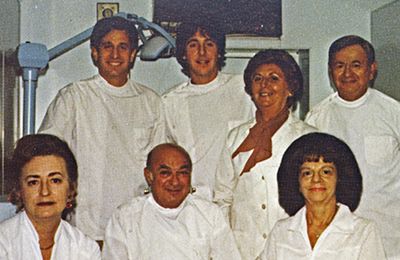 Our History
Our History
 Our Providers
Our Providers
 About Us
About Us
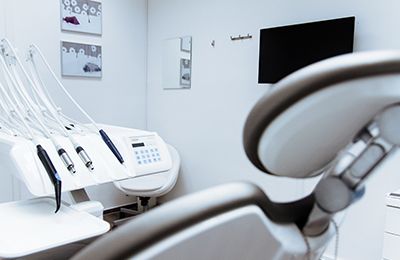 Blog
Blog
 Contact us
Contact us
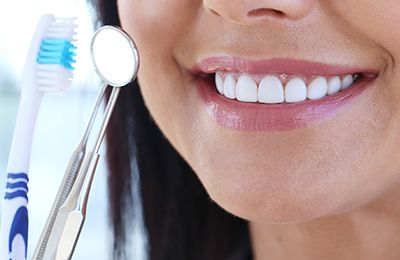 Diagnostic & Preventive
Diagnostic & Preventive
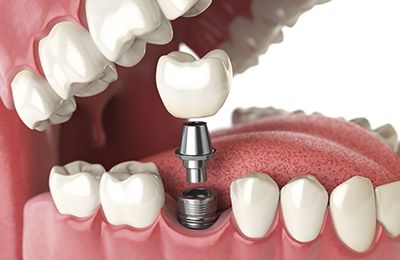 Implant Dentistry
Implant Dentistry
 Clear Braces - Invisalign
Clear Braces - Invisalign
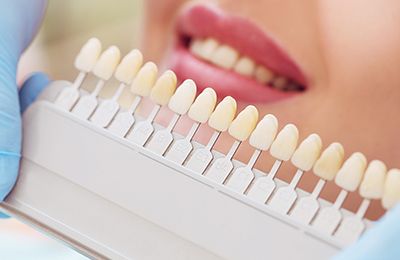 Cosmetic Dentistry
Cosmetic Dentistry
 Periodontics
Periodontics
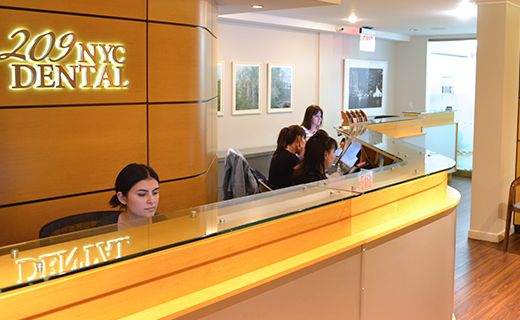 Patient Forms
Patient Forms
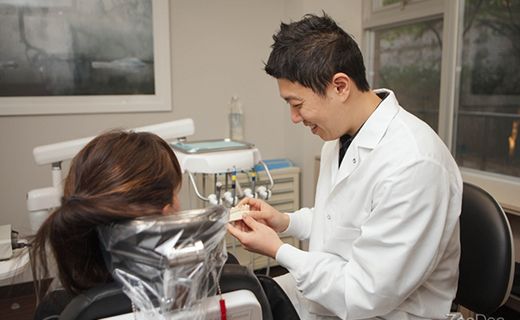 Payment Information
Payment Information
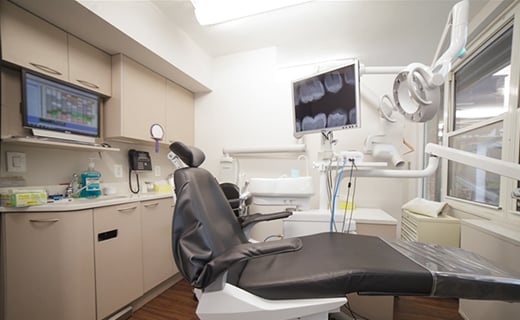 Insurance Options
Insurance Options
 CareCredit Dental
CareCredit Dental
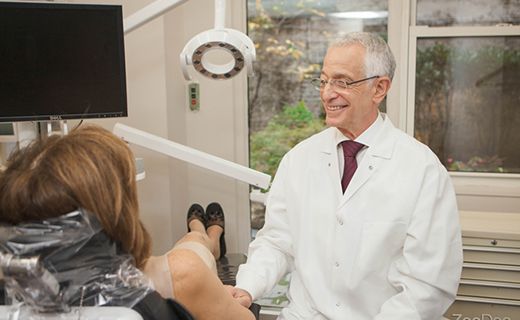 Appointment Policy
Appointment Policy
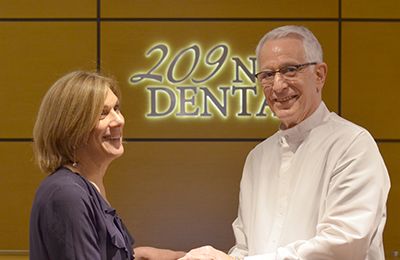 Free Consultation
Free Consultation
 Complimentary Teeth Whitening
Complimentary Teeth Whitening
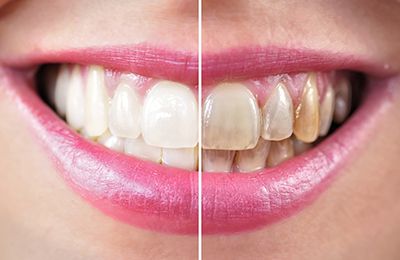 Teeth Whitening
Teeth Whitening
